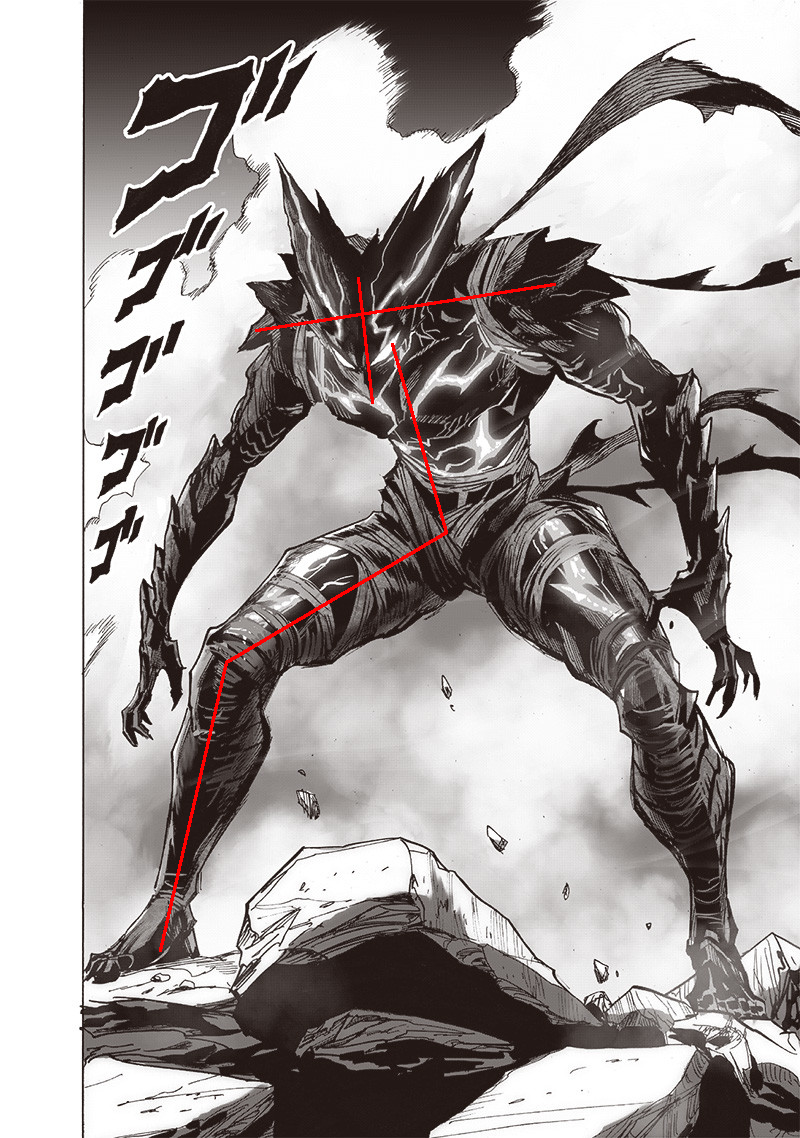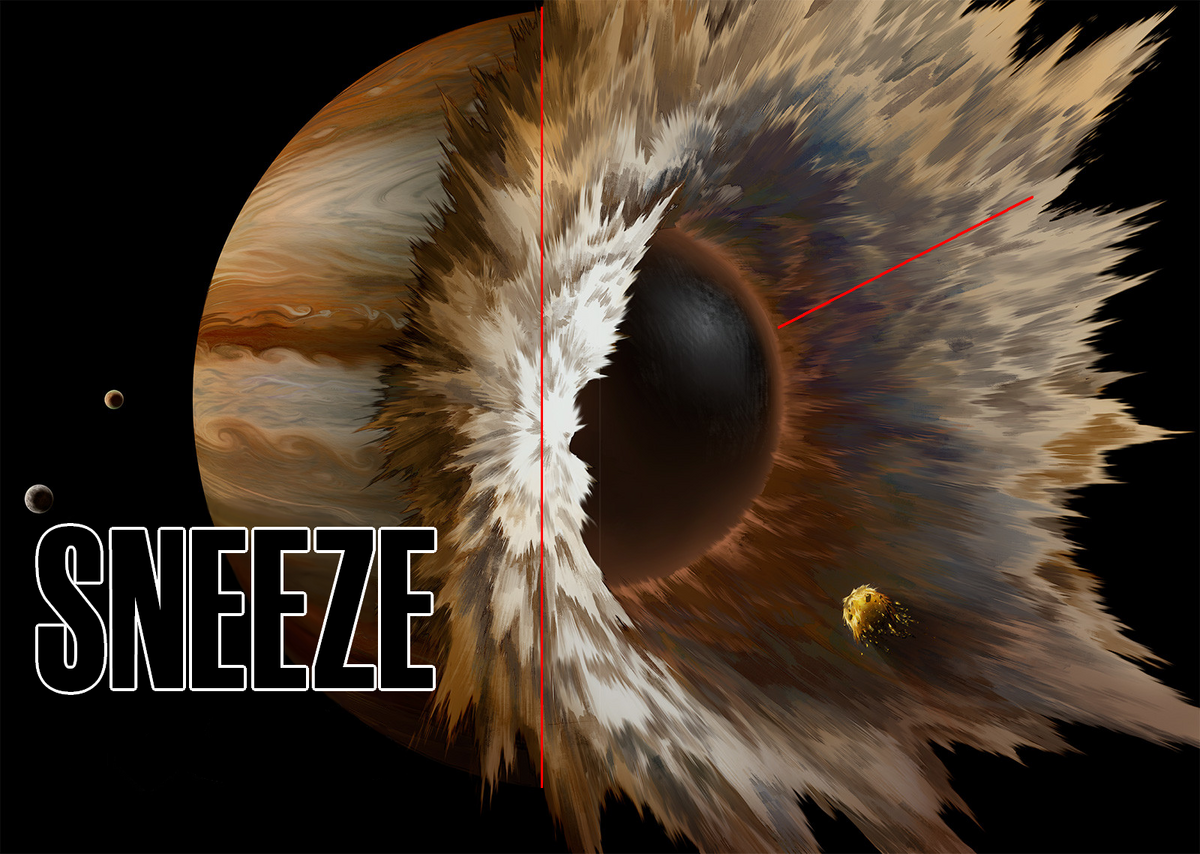- 18,478
- 16,037
These calcs have been accepted. Let' discuss

 vsbattles.fandom.com
vsbattles.fandom.com

 vsbattles.fandom.com
vsbattles.fandom.com

One-Punch Man: Garou Blitzes Platinum Sperm


